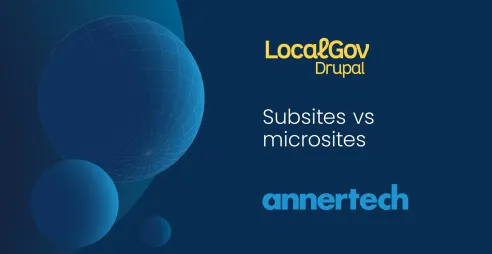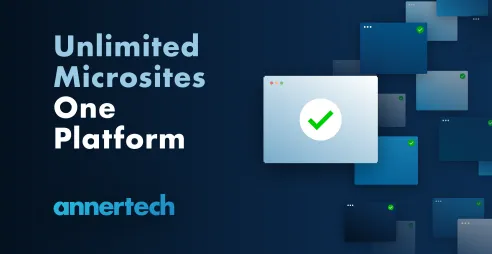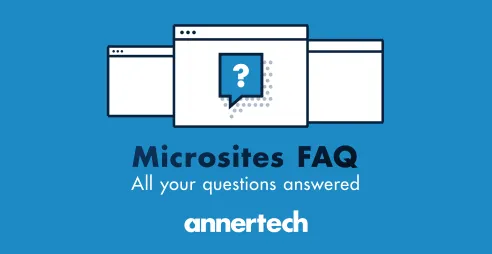The pros and cons of building a microsite for your campaign

The decision to create a microsite rather than add to your current website is actually quite an easy one to make, once you’ve considered the pros and cons of microsites
The difference between a microsite and a website is simple. A microsite is a stand alone web page (or pages) that is usually created for a specific purpose, such as an event, campaign, department or product.
Depending on its purpose, microsites are often temporary sites, and are unpublished once they’ve run their course, the event is over or the product is launched. But they can also be used as permanent sites for different departments, clubs or recurring events.
Microsites: The pros
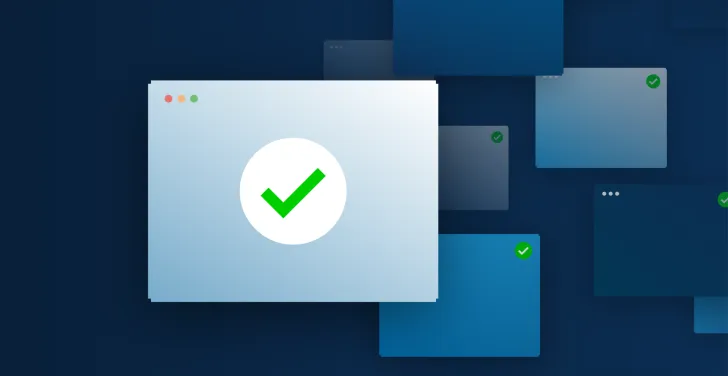
Content is focused
The microsite focus on one event or group, so all of the content on the page will be around one thing.
Ready-made audience
Because the content is created specifically for an event or group or product, it stands to reason that there is a ready-made audience for the page. This audience will have the event, group or product in common so it will be easy to target.
Not only that, but having such a niche base gives the microsite managers a unique opportunity to build a real audience for their content.
Campaigns
Microsites are great for specific campaigns. They give their audiences a space to “gather” for a specific idea or event or product and get news and updates specifically for this event. It's quite easy to track engagement and traffic too.
Customised domain
A microsite will have its own URL, such as www.stpatricksday.ie, rather than being a slash add-on to the main website, such as www.annertech.com/st-patricks-day. This is important because having a shorter, more relevant domain name will help users navigate to the page, increase user interest and help drive web traffic
Additional content managers
If people who don't currently have access to the main website need access to the site where the new content will be hosted then you’ll need to set this up. Within a microsite setup, these users can be given access to the back end of the microsite, without having to add them to your main website’s admin list.
Brand consistency
It can be challenging to ensure brand consistency and regulatory compliance across various websites and microsites. On the flip side, microsites are flexible in terms of their look and feel so this can be customised without deviating from the main brand identity if needs be.
Co-branding
In the same vein, if you’re running a campaign or an event with another organisation or brand then a microsite will allow you to co-brand without affecting the branding on your current website.
Microsites: The cons
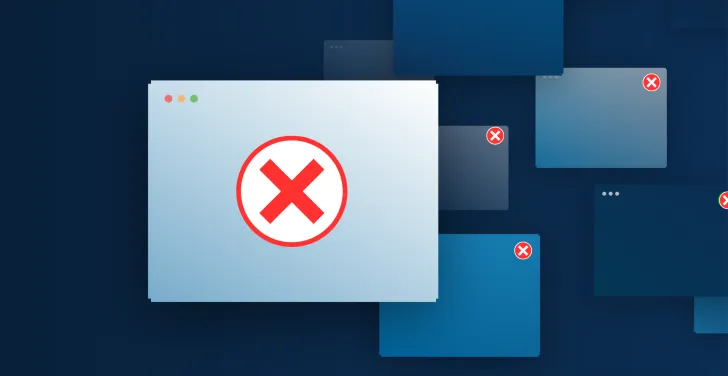
They may be temporary
If the content is for a once-off event it feels like a lot of work for something that has no permanence. On the other hand, if it is a recurring event then the microsite can be utilised and merely updated.
Website traffic may be affected
Because you’re driving visitors to a microsite instead of your website, your website might lose out on that traffic. However, because you’re creating a niche audience, the traffic you do get may be better quality - in the sense that users to the microsite are coming to it for a specific reason (the reason that the site exists).
Initial costs
Microsites cost money to set up, host and maintain. You need to weigh up whether the return on investment will be worth it. Although it’s worth bearing in mind that you'll pay for a website anyway, and if you're using a Microsites Platform you'll end up saving money in the long run if you add more microsites to your portfolio.
It’s challenging to manage multiple websites
Managing multiple websites can be tricky, especially if they’re published across various platforms, with different logins and content management systems. Logging into different platforms to maintain various sites can be challenging. However, if you use a service such as the LocalGov Drupal Microsites Platform, this will no longer be a challenge.
Conclusion
The decision whether or not to set up a microsite or to run the content on a page of the main website is actually quite an easy one to make once you’ve run through the pros and cons of creating a microsite.
There are numerous advantages to choosing a microsite over a page on an existing website, but it depends on the situation and the reason for the page.

Have you decided that microsites are the way to go?
We have vast experience and knowledge when it comes to all types of websites and can help you with any queries or challenges you may face – no matter how many sites you have or how complex they are.
Get in touch
